Our Blog
Resources and Insights
The latest industry news, interviews, technologies, and resources.
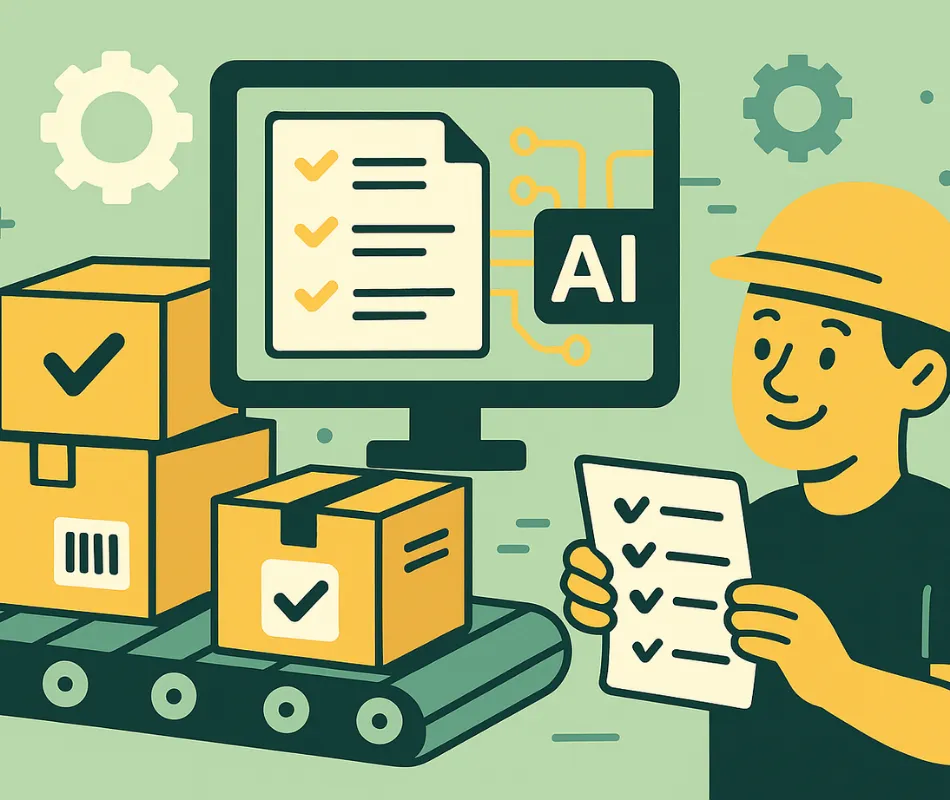
AI to Reduce Cost & Higher Productivity
Fewer Errors, Higher Productivity: AI Automation Reduces Costs and Multiplies Results
Our AI automation success story shows how we doubled productivity for a business. Learn how to use AI powered productivity tools and implement artificial intelligence in manufacturing with our 10-step guide.
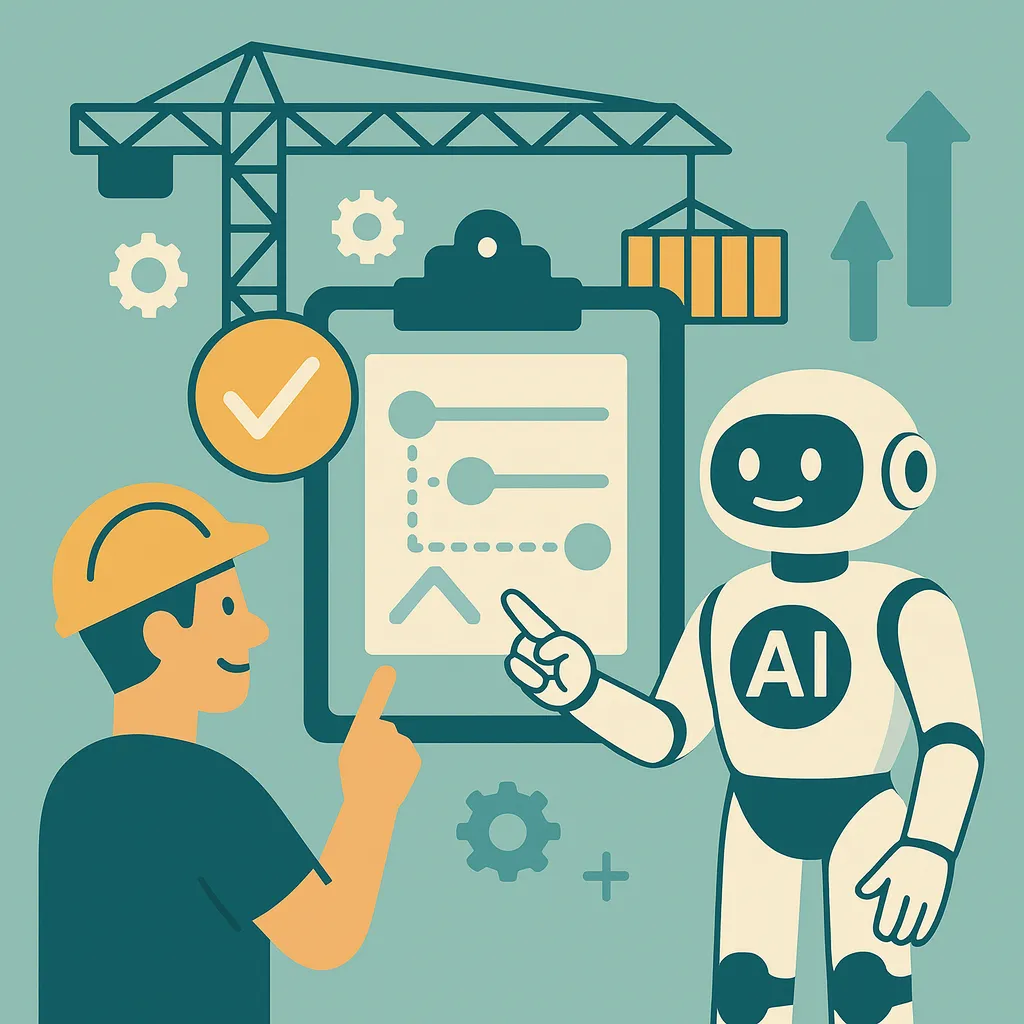
AI in Construction
AI Agents Are Turning Months of Planning and Paperwork into Hours
Learn how AI cuts construction planning from months to days, speeding up processes and creating competitive advantage.
.webp)
AI Strategy & Innovation
Practical AI Strategy for Real Business Value
Learn how to build a practical AI strategy that drives real business value. From data readiness to cross-functional use cases and cultural adoption, this guide helps leaders avoid hype and design a roadmap that delivers measurable results.
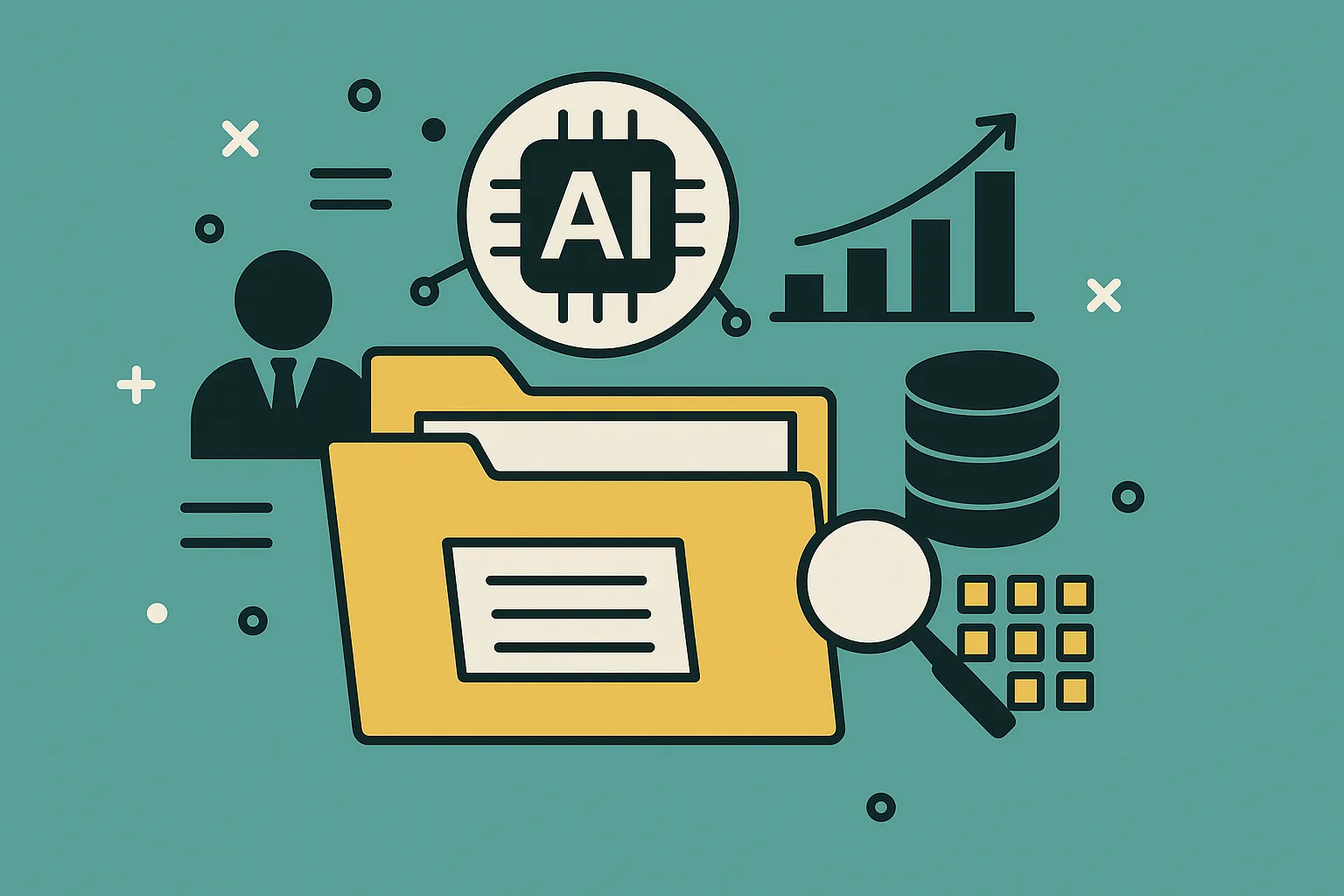
Digital Transformation
Get Your Data AI-Ready: A Quick Guide
From centralizing data to building infrastructure, six-step framework to prepare your business to scale AI with confidence and impact.

AI in Business
AI for Law Firms: A Practical Guide
A 4-step action plan for law firms to adopt AI strategically, improve efficiency, and stay competitive in a rapidly evolving legal landscape.
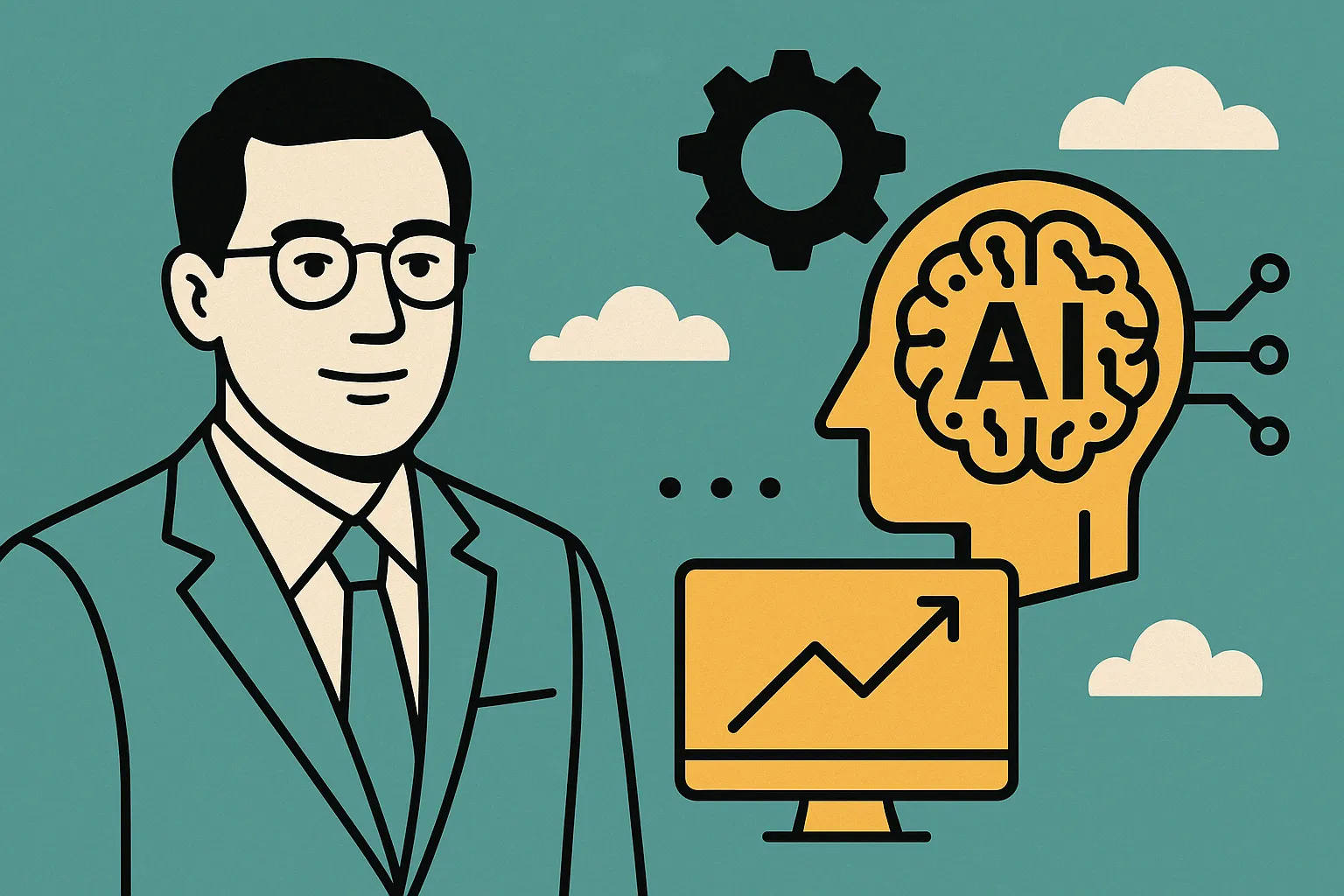
Transformación digital
Implementación de la IA en las empresas: una guía para CEOs
Cómo liderar la implementación de la IA en las empresas, abarcando la estrategia, la preparación de los datos, la evaluación del ROI y la alineación organizacional.
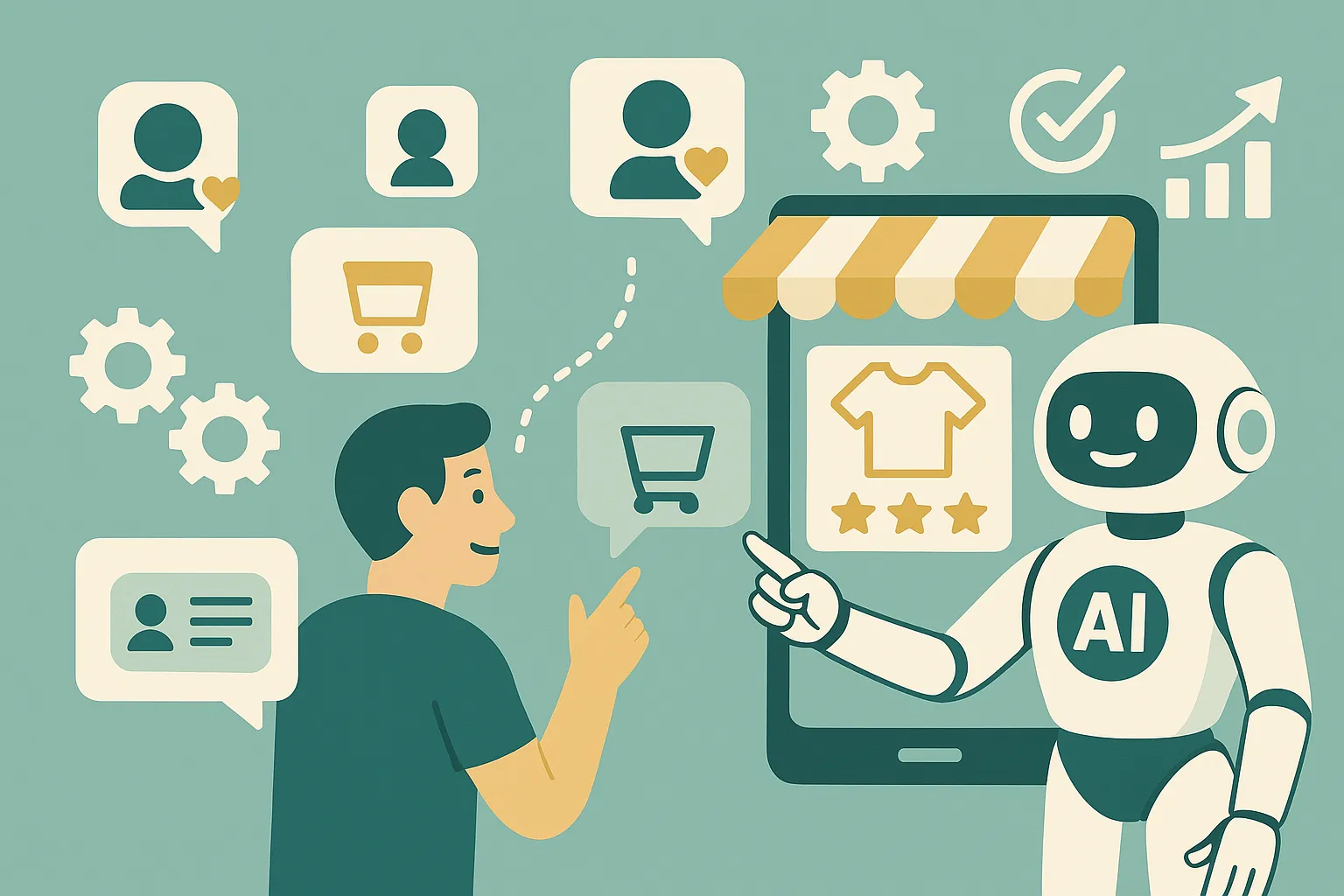
Customer Experience
How AI Improves Conversion for Businesses
Learn how AI helps businesses predict churn, personalize engagement, and convert more leads with smart, scalable solutions.
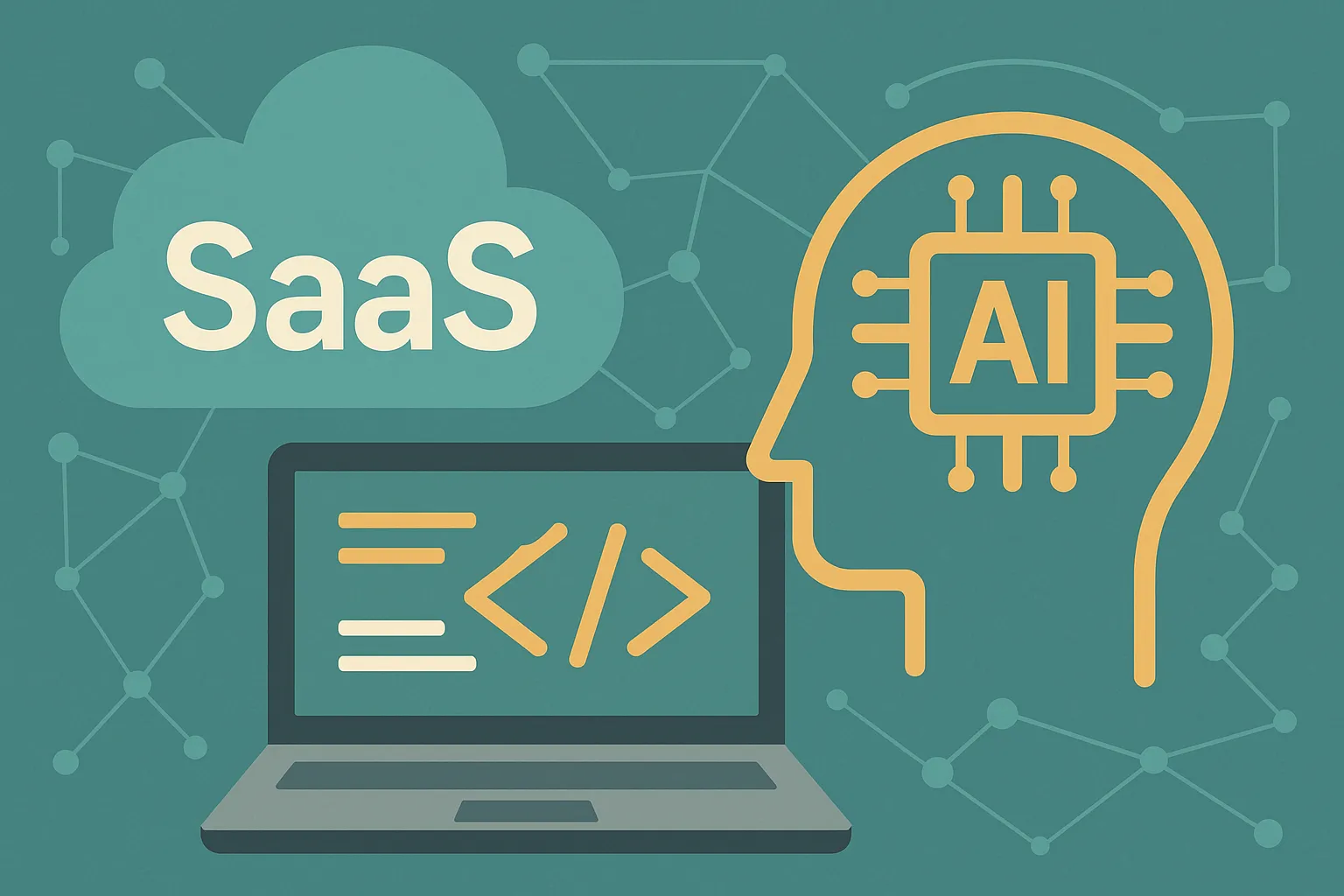
Digital Transformation
SaaS and AI: Shaping the Future of Software
Discover how AI is transforming SaaS by enhancing user experiences, automating processes, and driving business growth.
.webp)
Saas & E-Commerce
E-Commerce 3.0: A New Era of E-Commerce
Discover how AI is transforming the e-commerce landscape through personalization, efficiency, and new business models.
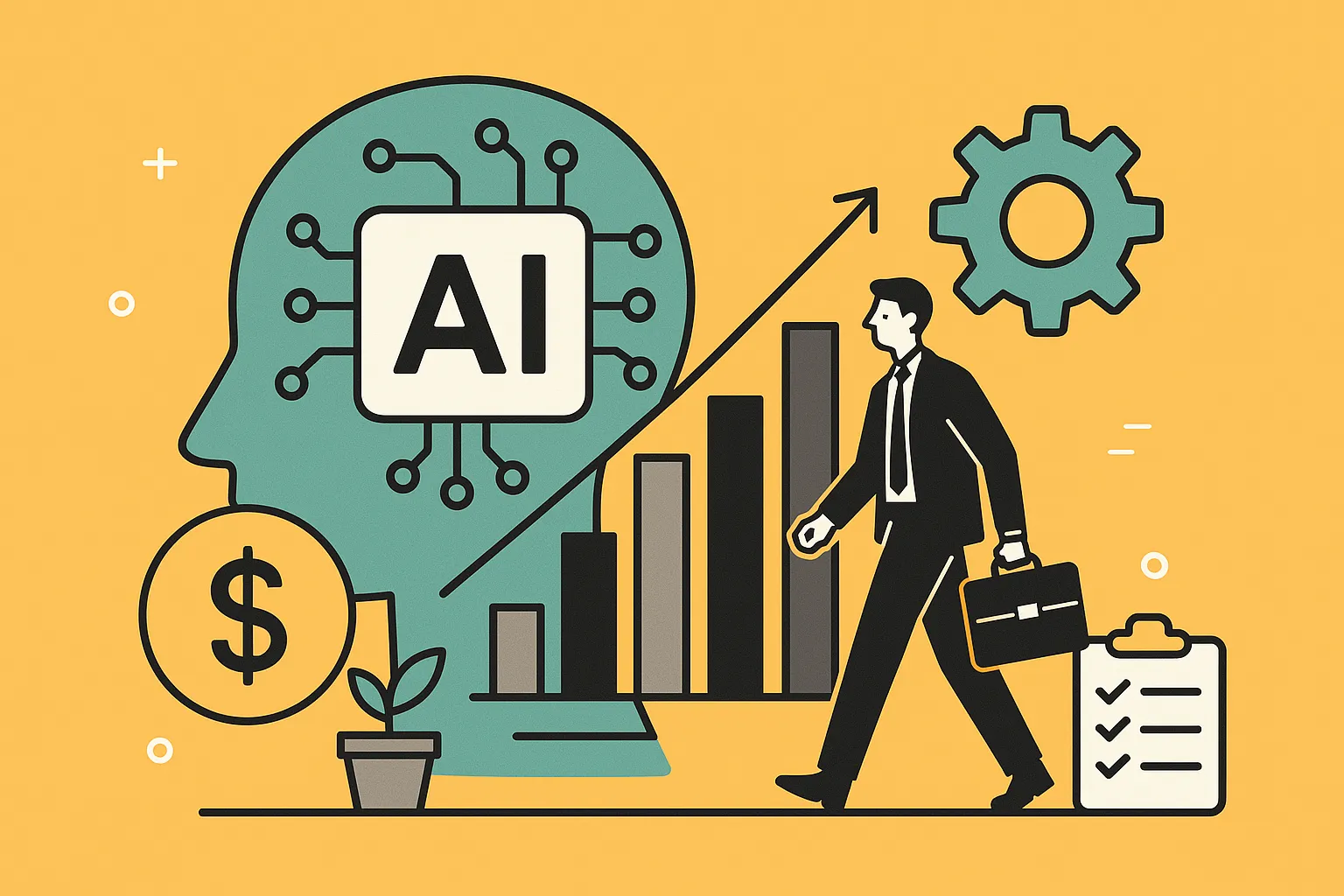
AI in Business
Cost Reduction through AI: Unlocking Crucial Savings For Your Company
Discover how to reduce costs in your company with artificial intelligence — from automation and sales to supply chain optimization.
.webp)
.webp)
